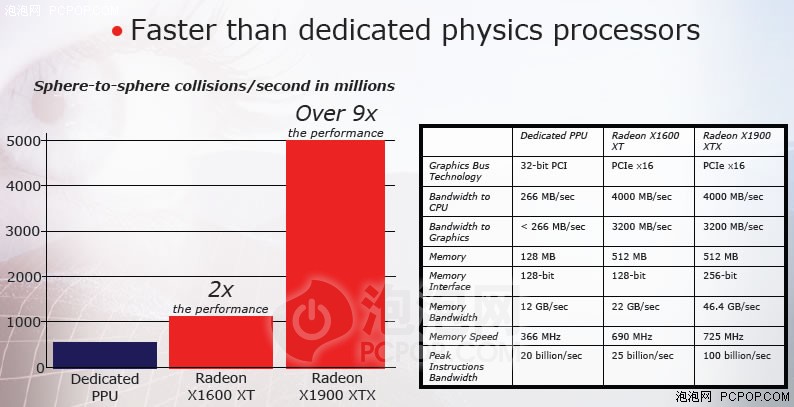Arun, I would like to see your thoughts on this: Will the future NV/AGEIA Physics SDK (a) be designed to work on other GPUs and (b) will it will work on CPUs as well (and which ones--will it be an x86, Cell, PPC, etc product?).
My expectation would be initial support for CPU/PPU, and DX11 NV-only GPU support coming later. If the PPU is ~$99 and they promise it'll be integrated into next-gen GPUs, I really don't think adoption will be too much of a problem. Also, I'm not sure why you seem to be expecting an all-new SDK?
Regarding CELL/PPC, well, what this means for the PS4 will be interesting. PhysX already works on CELL, and presumably CELL2 will be similar enough to port it easily. Who knows though, and that's more of a political question than a technical one anyway.
Or will NV make a bold push for, "Only on Nvidia"?
Let's put it this way: What are the chances they make it run on Larrabee's vector units, or on Fusion's GPU?

Arnold said:
Will you eat your hat, if you're wrong?
I'll eat my hat if it doesn't happen in 2008. However, I certainly won't eat it if nothing happens before May 2008 - I'm well past the point of eating hats because companies don't know what's best for them or are a bit slow to 'get' it.
Arnold said:
Hybrid SLI with an IGP as a "PPU" for effects would be nice.
One day, one day, I'll have the head of whoever thought it'd be funny to imply physics and graphics couldn't easily run on the same chip at the same time.
Arwin said:
I was just going to post that Arun wins.

Congrats.
As for eating hats, he could also just buy some VIA stock. That solves both reward and punishment, more or less.
Thanks! As for VIA, I'm dead scared of Asian stocks, so I'll pass...

(and I wouldn't be surprised if their valuation went down a little bit more first)
EDIT: Ohh, VIA is down a fair bit since I last looked; was at ~$800M, and it's ~$650M now.


